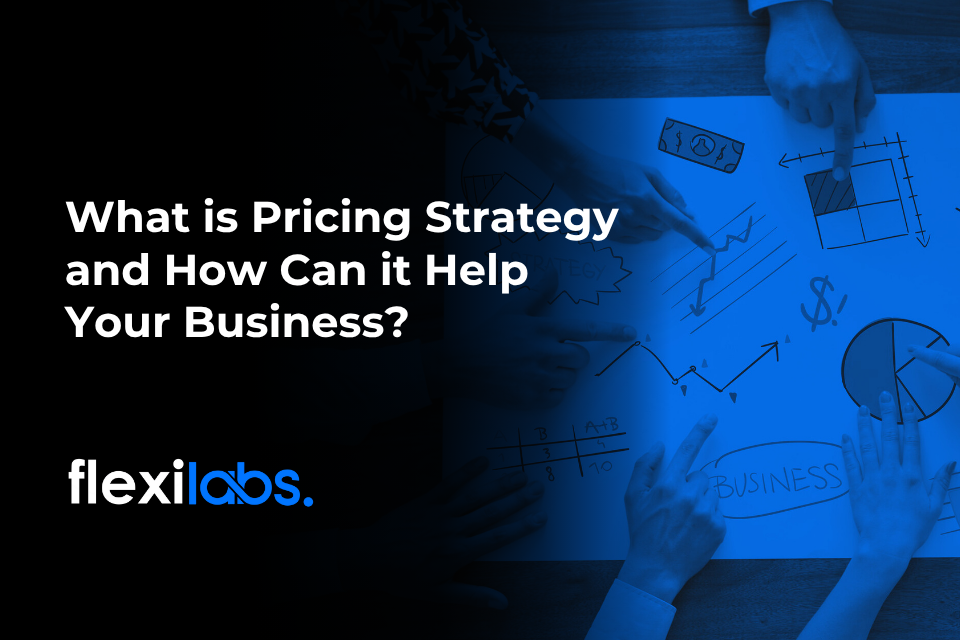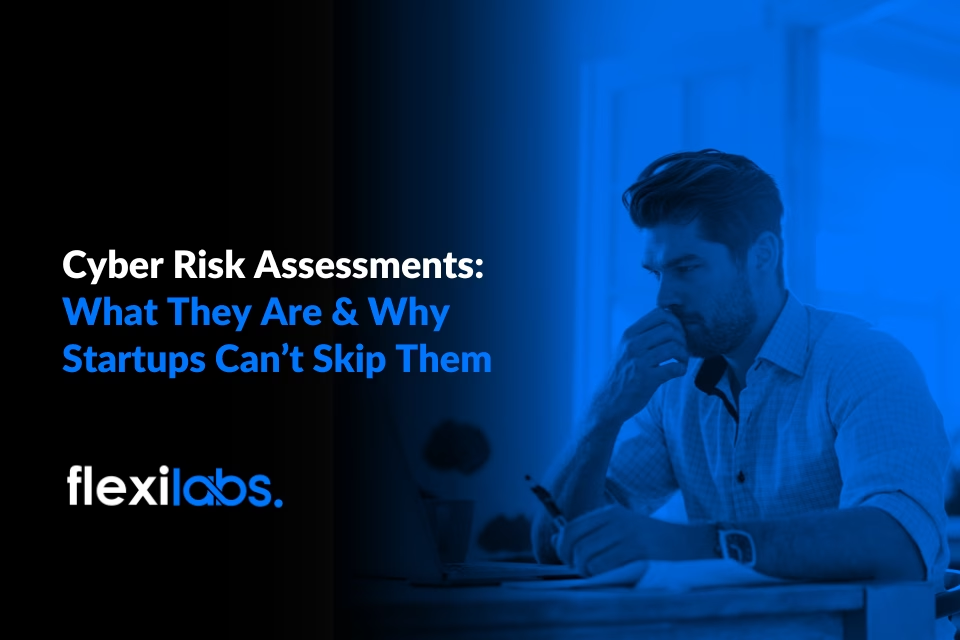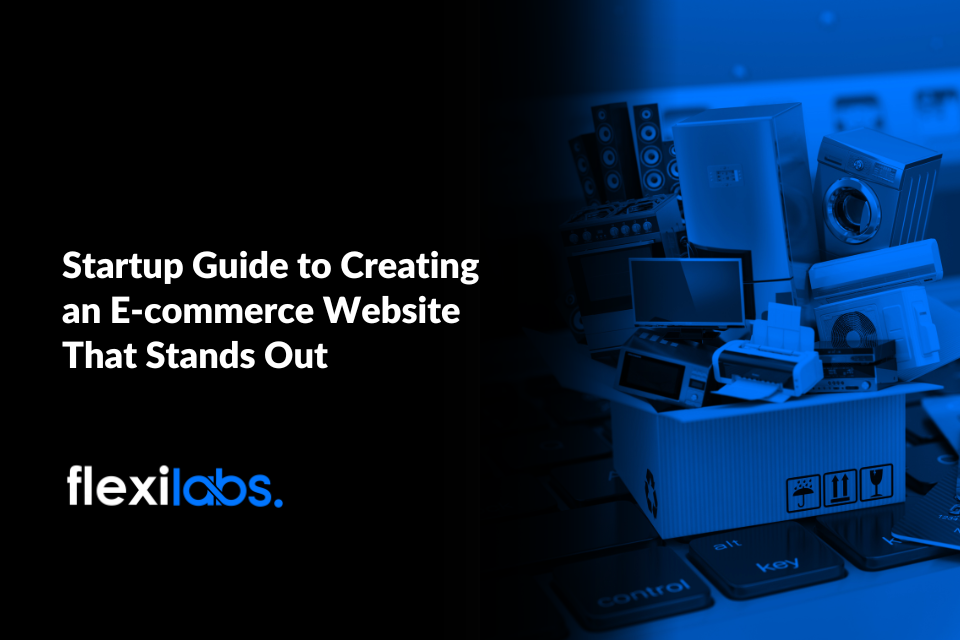The pricing strategy is one of the crucial elements of a business plan. It contributes to the success or failure of a startup. However, it is usually overlooked and underestimated. With that said, a well-thought-out pricing strategy can help maximise profits and even help gain a competitive advantage.
In this article, we are underscoring why a good pricing strategy is essential, the types of strategies you can apply, and how to implement them.
What is a pricing strategy?
A pricing strategy determines the best price for your product or service. The aim ti to maximise your business’s profits and value while staying in balance with eh consumer and market demand.
A well-designed pricing strategy business plan can help determine the optimal price point for your goods. But it is a complex process since there are various business factors, such as revenue goals, marketing objectives, target audience, brand positioning, and product attributes, to factor in. But, in the end, this will significantly benefit your business.
What is the importance of pricing strategy?
The importance of pricing strategy in business is usually overlooked. However, it has a direct influence on your business’s revenue, profitability, and, ultimately, its survival. More than that it helps your business achieve the following too:
- Attract customers
- Portray value
- Meet customer expectations
- Determine profitability
- Generate revenue
- Gain competitive advantage
- Determine customer perception
- Shape brand image
What are the types of pricing strategies?
Suppose you are still in the business planning stage. In that case, you can check out pricing strategies with examples and even pricing strategy templates that are relevant to your niche and industry to get a better idea. Of course, those just serve as a guide since there are so many types of pricing strategies.
Competition-Based Pricing
It is a pricing strategy that focuses on the market rate for a company’s product or service. Moreover, it does not consider the cost or consumer demand. Instead, as the name suggests, it uses the competitor’s price of goods and services as the benchmark.
This is a good strategy for businesses that operate in highly-saturated markets since even minute price differences can hold sway.
Project-Based Pricing
This pricing strategy charges a flat fee for the entire project, hence its name. With this, the focus is on the estimated cost based on the value of every project deliverable or based on the project duration.
This is best suited for freelancers, consultants, agencies, and other service-oriented businesses.
Value-Based Pricing
Coming up with a price using this strategy is based on what customers are willing to pay, regardless if your business charges more than its original estimated value. While this can improve customer sentiment and loyalty, it is a complex balancing act that requires you to stay attuned to all buyer personas.
However, it is still a good strategy primarily if your business ensures the customer always feels valued and important.
Bundle Pricing
This is a strategy that involves bundling more than two products or services that complement each other—all for a single price. This can add value to customers since they immediately know what they are getting when they pay upfront.
This is best when you are promoting multiple products or cross-sell and up-sell your selection of goods and services.
Cost-Plus Pricing
This focuses on the cost of producing a product or service. This is usually used by businesses that markup the price so they could make a profit. This is best suited if your business is in retail or reselling.
Dynamic Pricing
This strategy is also known as surge pricing, demand pricing, or time-based pricing. It flexibly adjusts prices based on the market and consumer demands. Businesses like hotels, airlines, event venues, and utility companies use this.
Freemium Pricing
Freemium is a wordplay between “free” and “premium.” This pricing strategy is usually used by software companies wherein they offer the basic version of their product for free and encourage users to upgrade to access more exclusive features.
Premium Pricing
On the other hand, a premium pricing strategy is meant to convey that your business is luxe, valuable, bespoke, and high-quality with a higher price range. This focuses more on the perceived value of your goods compared to their actual product cost.
This pricing strategy is usually used by the fashion and technology industry and markets the products as exclusive, rare, and high-end.
High-Low Pricing
As its name suggests, this pricing strategy initially sets the price high and then lowers it when the goods become less relevant. Retail and fast-fashion companies that seasonally change their goods use this, especially during big sales, year-end promotions, and events like Black Friday Sales.
Hourly Pricing
This is another pricing strategy that is best suited for freelancers, consultants, and other service-oriented businesses who charge for their time. Some consumers are wary of this because of the possibility of inefficiency. However, this is a great option for businesses that specialise in fast-paced and high-volume deliverables projects.
Skimming Pricing
Skimming is somewhat similar to the high-low pricing strategy. Businesses charge the highest possible price for a new product and gradually lower it over time. However, unlike high-low, there are no big discounts, the price just continues to decrease at a steady rate.
This is used by tech companies that sell consumer products like DVD players, video game consoles, smartphones, and other goods that become less relevant.
Penetration Pricing
On the other hand, the penetration pricing strategy starts at a very low price point to attract customers. This is best for startups that are trying to penetrate and gain a foothold in an established highly-competitive market.
While there are temporary losses and it is not suitable for the long-term, this strategy is a good strategy to disrupt the market.
Psychological Pricing
Pricing strategies in marketing differ based on consumer demand and behaviour. Much like the psychological pricing strategy. This, in particular, bases the price points on the human psyche and behaviour.
An example of this would be goods that end with nine, like $99.99 or $499. This creates the perception that the product is a good deal. On the other hand, there is more resistance if the price ends with zero, like $100 or $500.
Geographic Pricing
Lastly, this pricing strategy sets the price of goods and services based on their geographical location or market. This is used by businesses with an international customer base, where economic factors vary from country to country.
An example of this would be oil stations. In the Philippines, the price of oil is inflated if it is within the city, especially in business hubs, and they are set at a lower cost in the provincial areas with less tourism traffic.
How to Implement a Pricing Strategy
There are various types of pricing strategies to choose from. However, based on your business idea, only a few would be useful and effective.
With that said, regardless of your pricing strategy, implementing it is another topic we need to discuss. You must be thorough when implementing it to ensure you get the best results.

Evaluate Pricing Potential
The importance of pricing strategy in marketing and your business cannot be overstated. As such, start by evaluating your pricing potential to develop an optimal strategy for your business. To get a better approximation of the price of your products or services it is crucial to determine the following things:
- Geographical market specifics
- Demographic data
- Operating costs
- Inventories
- Demand fluctuations
- Competitive advantages and potential concerns
Determine Buyer Personas
Next is to determine your buyer persona. Based on the data collected, you can identify your ideal customer. However, it is better to supplement it by interviewing relevant consumers and prospects to know what they like and do not like, and feedback to get a better picture.
- Customer lifetime value
- Willingness to pay
- Customer pay points
- Customer behaviours and characteristics
Analyse Sales Data
Look at the previous pricing strategies and existing sales data. Furthermore, calculate the difference in closed deals, sold products, or churn data utilising different pricing strategies. From these, it is easier to determine what kind of pricing strategies would be the most successful ones.
Check Competitor Pricing
Aside from looking internally, it is also essential to research your competitor’s pricing. Conduct a full competitive analysis to see your competitor’s full range of products or services as well as their strengths and weaknesses.
Once you have the necessary information, you have two options. First, lower the price of your goods below your competitor’s if you both have the same offering. Second, set the price of your goods if your offering has a higher value than your competitor’s.
Prioritise the Business
The end goal is for the benefit of your business. So your pricing strategy should be tailored to your organisation’s strengths and weaknesses. In addition, you do not have to necessarily match what your competitors are doing to compete either.
With that said, you need to be clear on your pricing objectives. Make sure to take into account factors such as short- or long-term profits, market stabilisation, sales volume, and market share, to name a few.
Balance Value And Business Goals
It is essential to strike a balance between creating profit for your business and providing value for your customers. Achieving this will help generate consistent profit, boost lead conversion, expand market share, and improve cash flow.
Set Measurable Benchmarks
When setting goals, it is essential to also have measurable benchmarks and prioritise areas that need improvement. To do this, identify the pain points of your pricing and arrange them based on priority.
Make sure to take a careful look at how pricing affects your business’s bottom line. You can use a scientific approach like the price waterfall method to optimise your pricing. Moreover, just focus on one area at a time and evaluate its potential for improvement for consistent improvement.
Check With An Executive Decision Maker
Once you have ironed out the important details and are ready to implement your pricing strategy, you need an executive-level decision-maker to sign it off.
They can give feedback. In addition, the implementation process can be complex. They effectively communicate with key stakeholders and get them on board. Moreover, the approval of a decision-maker ensures the process goes smoothly and successfully.
Define Responsibilities And Use The Right Tools
For a successful implementation of your pricing strategy, your team should have the necessary tools and skills. Moreover, you need the right and good quality tools which include pricing software, data visualisation tools, and statistical software.
Moreover, pricing may be the responsibility of different departments such as sales, marketing, or finance. That is why it is crucial to have clearly defined tasks. This is to ensure you and all involved parties avoid confusion or overlapping responsibilities.
Train The Sales Staff
To successfully implement your pricing strategy, it is important to involve your sales team early on and make sure they understand the benefits of the new approach. This will help them explain the pricing to customers. Instead of just going point per point in a boring way, they are likely to be more convincing and enthusiastic.
A way to achieve this is to have your product experts train your sales team on the value of your products. you can introduce a program to reward your sales staff for prioritising value and profit over just focusing on making more sales.
Define KPIs And Continuously Track
Next is to track and measure how well your company’s pricing strategy is performing. For this, it is best to utilise Key Performance Indicators (KPIs). Keep in mind to select KPIs that align with your business model, not just what most businesses in your industry are doing.
Thanks to tech innovations, you can easily track and analyse data related to sales, prices, and trends. You can identify areas where you can improve your pricing strategy. In addition, tools like pricing software help manage KPIs and make dynamic pricing adjustments.
Share Results With Internal Stakeholders
Lastly, make sure to share any progress and results with all the relevant stakeholders of your business. This just helps to ensure everyone is still on board and continues working towards the same goals.
However, the different departments in your business may require different information. So, tailor your reports based on what they need to know, the benchmarks they have reached, and the areas they can further improve. In addition, it is also important to recognise outstanding individuals and celebrate small milestones to keep everyone motivated and engaged in the process.
Start Small But Aim Big
A well-planned and well-executed pricing strategy can make all the difference in the success and continued survival of your business.
With that said, it is better to start small, address the pain points, and continuously improve. This enables you to refine your pricing strategy and build confidence across your organisation. This is because, while it takes time to develop and refine your pricing strategy, a thoughtful and strategic approach can help you unlock new opportunities for growth and profitability.
Want to improve your business? Let Flexilabs help you create and implement your pricing strategies.










